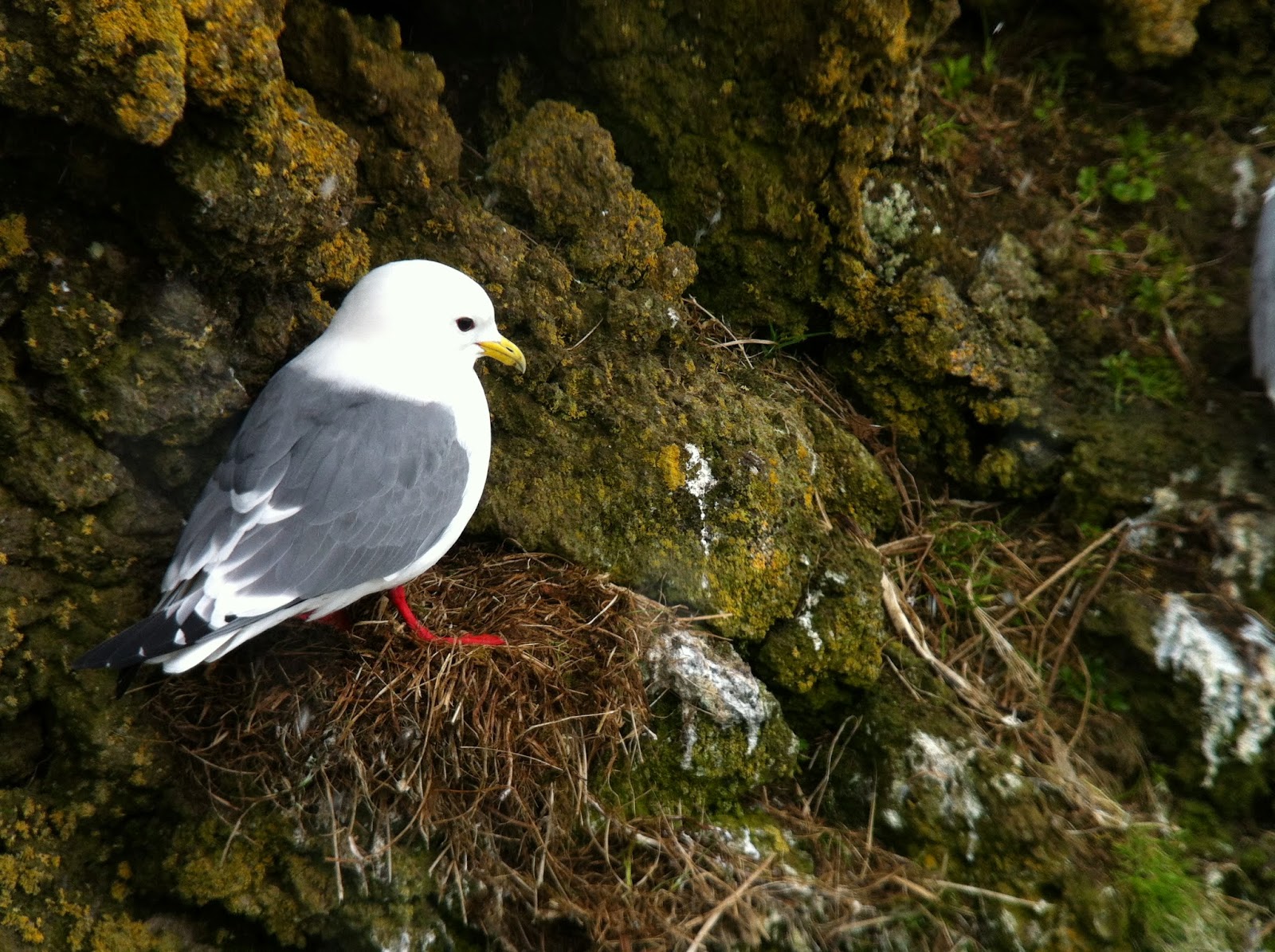First things first, at the end of the last post, I said I’d
keep you posted once I identified this flower:
Turns out, it’s a Rock Jasmine. It seems to be pretty common; at least it’s distinct enough
when I do see it.
Anyway, I wasn’t guiding for most of today so I ventured out
solo. First up, a female
LONG-TAILED DUCK stretched her wings out on Weather Bureau Lake:
A check of the Polovina Wetlands yielded the ubiquitous
RED-NECKED PHALAROPES:
I headed up towards Lake Hill to scope things out. As with everywhere else on the island,
ROCK SANDPIPERS were abundant.
This one fancied being atop a grass clump:
Its neighbor was nearby so I snapped a picture of it as
well:
I was mindlessly wandering nearby about when a quick burst
of motion at my feet startled me.
It was a ROCK SANDPIPER flopping away on the ground which they do to
distract you from their nest. A
quick look around… sure enough, a nest.
Fighting all instincts of my shorebird ecology background to reflexively
start measuring the eggs and taking veg measurements around the nest, I instead
took a peek inside:
Taking a step back, you can see that the nest is invisible
even at close range:
As with all major hills on St. Paul Island, Lake Hill is
volcanic in origin. Some of the
large hills here are actually volcanic cones with lakes in the middle. Likewise, Lake Hill is aptly named:
As usual, I’ll end with a flower pic. I was happy to spot a different shade
of pink well off the road near Lake Hill.
Most of the purple flowers these days are the abundant Nootka Lupine but
this paler shade and different “posture” gave it away as a Whorled Lousewort:


















































